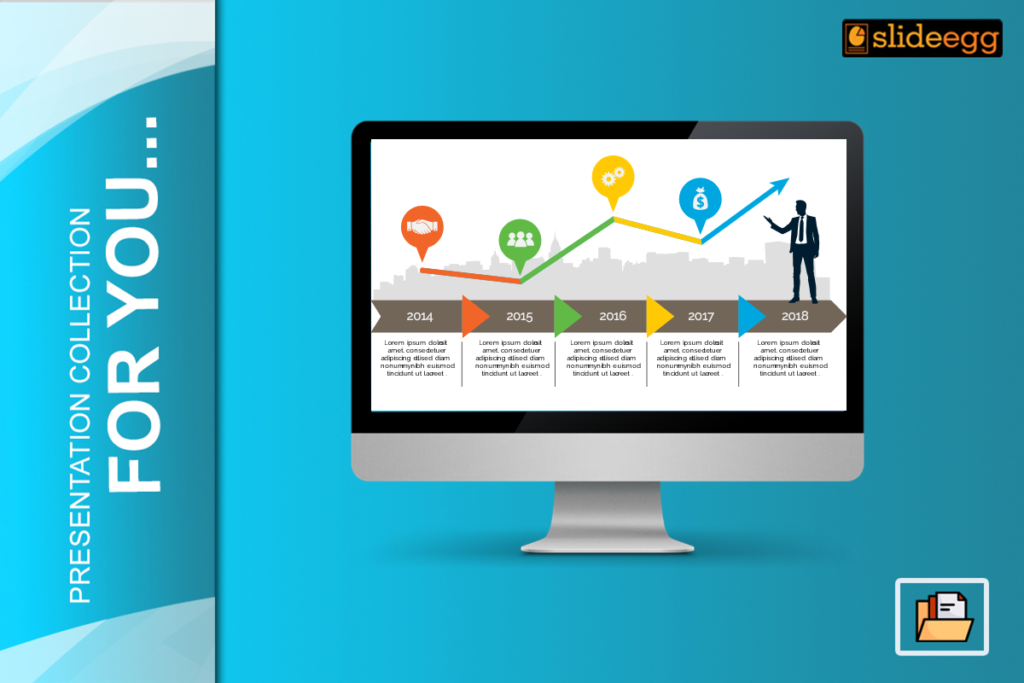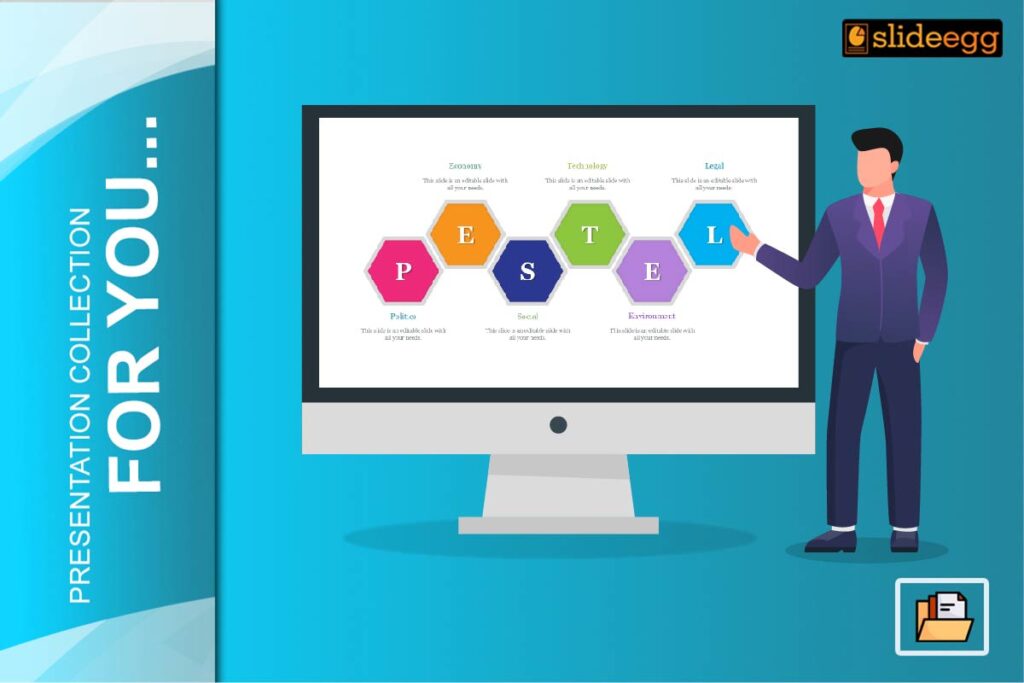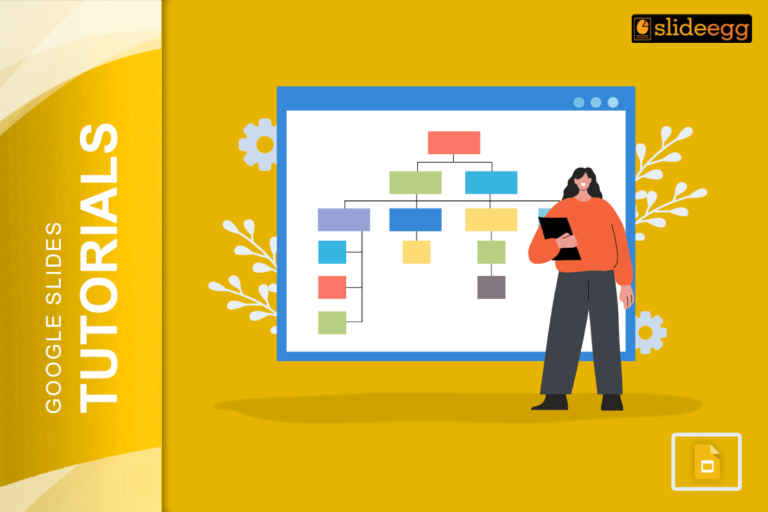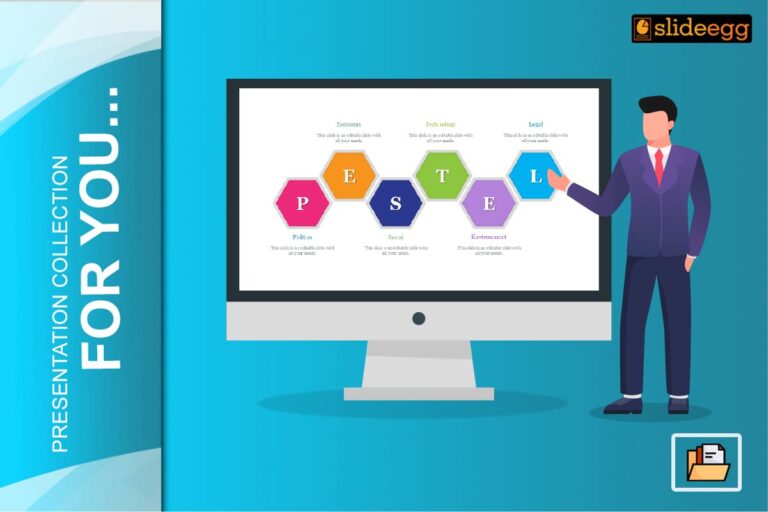Are you seeking to take control of your future and set yourself up for success? Whether you are a high school student, a graduate, or even a seasoned entrepreneur, a personal development plan is a must. It’s your roadmap to achieving your goals, and a timeline PPT template should be your guiding compass. How then do you come up with one that works for you?
In the following post, we will explain how to create a personal development plan by using timeline slides. We will take you through the process and show you how to turn your ideas into actionable steps. So let’s get started.
Personal Development Plan Introduction
A personal development plan is by far the closest resemblance to being the blueprint for one’s future, which helps a person set clear goals, identify steps that need to be taken to accomplish these goals, and control one’s progress. Whether you are seeking further career development, wishing to enhance your skill set, or just making positive changes in your personal life, a personal development plan will keep you on track. But where do you start?
It is always a task that could be quite daunting the first time one undertakes the responsibility of making a PDP when maybe they are not sure where to start. A timeline PPT makes things easier. The template helps chunk your aims, making it much easier to stay focused and motivated.
Why Use a Timeline Template?
How do you use timeline PPT in your personal development plan? Imagine building a house without a construction schedule. You might start strong, but without planning, things will eventually cave in on you. The same thing applies to your personal development.
A timeline PowerPoint template is something like an action plan for constructing your growth. It helps arrange your goals by time. Therefore, you are certainly assured of working regularly toward them. Plus, it is quite motivational to plot your progress graphically.
Step 1: Self-Analysis
You cannot start working on a plan unless you know where you are. You must create a personal development plan after self-analysis. Take some time off and think about your strengths, weaknesses, values, and passions. Do the following reflectively:
What are my strengths and abilities at the moment?
Where would I like to go in the next year, five years, or ten years?
What are the areas I want to improve in life?
Knowing where you’re at helps you make more meaningful, yet realistic, goals.
Step 2: Set SMART Goals
Now that you’ve done a rough evaluation of yourself, you can write down your goals. But not just any goals—SMART goals. SMART stands for Specific, Measurable, Achievable, Relevant, and Time-bound.
Specific: What exactly are you trying to achieve?
Measurable: How do you know you have reached it? Define criteria for measuring progress.
Achievable: Goals must be realizable in the framework of a given situation at that particular time.
There: See that your goals are congruent with the overall general objectives of your life.
Time-Bounded: Attach a time frame to the achievement of the goal.
For example, one can say, I need to improve my public speaking, but a smart goal shall sound like this I need to have an accomplished public speaking course, and three presentations have to be given before the year-end.
Step 3: Prioritizing Your Goals
After your goals are fixed in their places, the next thing you can do is to prioritize them. Some of these goals will not stand equal; some will have a more incite effect on one’s life or career than others. Find out exactly which of the goals has more importance for you and give your priority first.
Think of it like this: you wouldn’t put your toothbrush at the very bottom of a suitcase while you’re getting ready for a trip. The same idea goes into ranking the goals; focus on those that are going to get you there faster.
Step 4: Create Your Timeline
Now that you have your priorities set, you have to plot them onto a timeline. That is where that timeline template comes in handy. First, assign deadlines to each of your SMART goals.
Break down these larger goals into smaller, more manageable actions. For example, if you have set a goal to write a book, then your timeline is likely to include dates by which you would have completed chapters, secured an editor, and submitted your manuscript for publication.
Keep in mind that the timeline should be flexible but capable of structuring your adjustments at the same time.
Step 5: Monitor Your Progress
A personal development plan is not a ‘set and forget’ document. One keeps up his or her progress by staying motivated, which involves tasks and achievements. Once in a while, review your timeline and tick off completed tasks.
This not only will help you keep track of your way up but also realize what may be becoming stiff hurdles for you. If you lag, do not get discouraged; use that as a chance to reassess and rework your plan.
Step 6: Refine and Adjust the Plan
Life is not certain, and even the most well-planned plans at times go haywire. Tweaks and adjustments are part of the process. If you find out that the goal does not apply anymore, then re-evaluate it.
If you achieve a goal earlier than expected, now would be an apt time to set a new, more challenging goal. Your personal development plan will evolve along with you as you change over time.
Benefits of a Timeline PPT Template
Adopting the use of a timeline PowerPoint template in one’s personal development plan has the following benefits:
Clarity: It becomes possible to see what needs to be done and when.
Increased motivation: You’re able to see progress, and that will increase your motivation to keep going.
Organization: Helps you put your goals and tasks in an order that reduces them to digestible sizes and prevents overwhelming.
Definition: You are accountable with a timeline; therefore it becomes easy to determine whether you are on course or falling behind.
Common Pitfalls to Avoid
A personal development plan can be a life-altering endeavor. Some common pitfalls that you should avoid include:
Setting unrealistic goals: Please be ambitious, but ensure that your goals are achievable.
Skipping self-assessment: Doing that will lead you to write down goals that may not be in sync with your real needs.
Timeline overload: Doing too much in a short period is sure to burn you out. Be realistic about what you can do within a specific period.
Not tracking your progress: You need regular check-ins to ensure you are heading in the right direction.
Conclusion: Your Journey Towards Self-Improvement
A personal development plan, much like a template timeline, is used along with a timeline template; it looks slightly like you are sketching a template guide for your life journey. It is used to give you direction, be a source of focus, and guide you into making forward strides in the direction of your ultimate goals. Always remember, this is a plan for you, so make it personal, make it flexible, and most importantly, make it work for you.
FAQs
1. What’s a personal development plan?
Personal Development Plan: A personal development plan is a written schematic outline of goals, measurements, and time-frames for some observable changes, in the strength of knowledge, self-growth in person/skills improvement.
2. What are ways in which a timeline slide can support personal development?
A timeline slide can support personal development by serving as a planning tool. It is an accessible tool that effectively helps to put in order the goals in a graphic form, from the mind to the paper, in a beautiful and visible timeline that could be used for progress tracking and continued motive.
3. What are SMART goals?
SMART goals represent objectives that are specific, measurable, achievable, relevant, and time-bound; they set clear direction and give criteria for success.
4. How often should I update my personal development plan?
It is wise to review and update your plan regularly, say quarterly, to ensure it stays aligned with your goals and life changes.
5. What if I don’t hit my targets in the set time frame?
If you missed any deadline, it must be a time to reevaluate the plan. Chances are, you’ll have to undertake a little bit of revision of your goal and place some new timeline. The main thing, however, is to stay flexible and committed to your growth.







